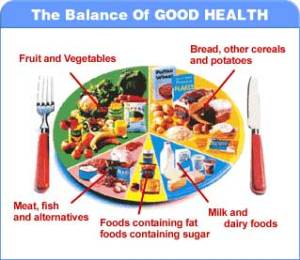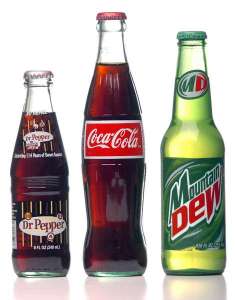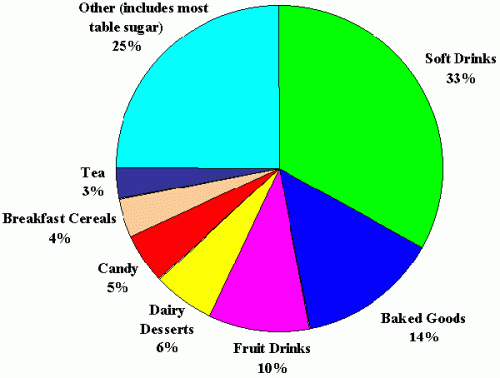FOUR PACKS HAS PULLED BACK FROM THE CONSTANT POSTING OF REDUNDANT INFORMATION…THERE REALLY IS NOTHING NEW IN ATTAINING IDEAL SHAPE…CALORIE REDUCTION (UNDER 2,000 CALORIES PER DAY FOR MEN OVER 40)…A DIET OF WHOLE, UNPROCESSED FOOD….AND EXERCISE THAT INCLUDES CARDIOVASCULAR AND WEIGHT TRAINING TO PRODUCE LEAN MUSCLE WHICH INCREASES THE OVERALL METABOLISM…
Obesity is “the single greatest threat to public health in this century,” an expert panel declared in a report Tuesday that urges Americans to slash calories and increase their physical activity.
 An advisory committee for the 2010 Dietary Guidelines for Americans calls on people to cut back on added sugars and solid fats (butter, marbled meats) and to follow a more nutrient-rich, plant-based diet.
An advisory committee for the 2010 Dietary Guidelines for Americans calls on people to cut back on added sugars and solid fats (butter, marbled meats) and to follow a more nutrient-rich, plant-based diet.
•Reduce excess weight and obesity by cutting calorie intake and increasing physical activity.
•Shift to a more plant-based diet that emphasizes vegetables, cooked dry beans and peas, fruits, whole grains, nuts and seeds. Increase the intake of seafood and fat-free and low-fat milk and milk products, and eat only moderate amounts of lean meats, poultry and eggs.
•Significantly reduce intake of foods containing added sugars and solid fats, which contribute about 35% of the calories in the American diet. Cut sodium intake gradually to 1,500 milligrams a day and lower intake of refined grains, especially those with added sugar, solid fat and sodium.
•Meet the 2008 Physical Activity Guidelines for Americans. Those recommend that adults get at least 2½ hours of moderate-intensity physical activity each week, such as brisk walking, or 1¼ hours of a vigorous-intensity activity, such as jogging or swimming laps, or a combination of the two types. Children and teens should do an hour or more of moderate-intensity to vigorous physical activity each day.
The report calls for many changes in the food environment, including:
•Improve nutrition literacy and cooking skills, and motivate people, especially families with children, to prepare healthy foods at home.
•Improve the availability of affordable fresh produce through greater access to grocery stores, produce trucks and farmers’ markets.
•Encourage restaurants and the food industry to offer health-promoting foods that are low in sodium; limited in added sugars, refined grains and solid fats; and served in smaller portions.
For more: http://www.usatoday.com/news/health/weightloss/2010-06-16-dietaryguidelines16_ST_N.htm?csp=34news











Recent Comments